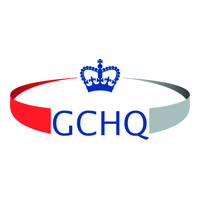
What’s the value
A plan is a simplified view of what is intended to happen in a project and this is both the plan’s power and its weakness. Unless actual performance is monitored and compared to planned performance, with control actions in response to variances, it is unlikely that the planned outcomes will be achieved. It is, therefore the essential basis for adjusting project management actions to achieve desired outcomes.
Monitoring & control is embedded first in the process of planning (plans should be designed such that progress can be readily monitored) and involve processes and measures that are easy to implement, timely, well-understood, and unambiguous to all concerned.
Why is it valid
Management must understand the week-to-week actions and adjustments required in mid-flight to ensure that project delivers within its constraints to achieve its objective. Visibility devices (e.g. RAG) identify and quantify variances, and help management to interpret circumstances and respond accordingly. Years of practice in project management shows how important it is to have timely and accurate knowledge of the cost, productivity, level of stakeholder engagement, and the status of the project in the delivery and governance of projects.
What you will experience
CITI brings a suite of ‘dashboard’ components, benchmark values and a refreshing approach to monitoring and control – to quickly demonstrate how good information about a project can be used to improve reliability, performance and governance decisions. Governance groups become confident that they are in control of the initiatives, and that their decision making is guided by evidence rather than just by intuition. The benchmark data makes it possible to determine how effective management actions are in improving project performance and engaging stakeholders with the project.
How you might start
Existing monitoring and reporting methods are critiqued and where appropriate augmented. Management and other stakeholders’ information needs are addressed by introducing simple dashboards while the current reporting culture is deconstructed and challenged with a view to improving the efficiency and value of reporting data accurately and in a timely manner.
Example models, methods & tools used
Structured project report benchmarks and various dashboard tools (incl. milestone tracking, RAG indicators, stakeholder temperature charts, EVA, burndown graphs, etc)
Clients we have helped realise this value
PAshton
Latest posts by PAshton (see all)
- Bulletin – September 2015 - September 16, 2015
- Nick Dobson - September 15, 2015
- CITI introductory video - September 15, 2015


